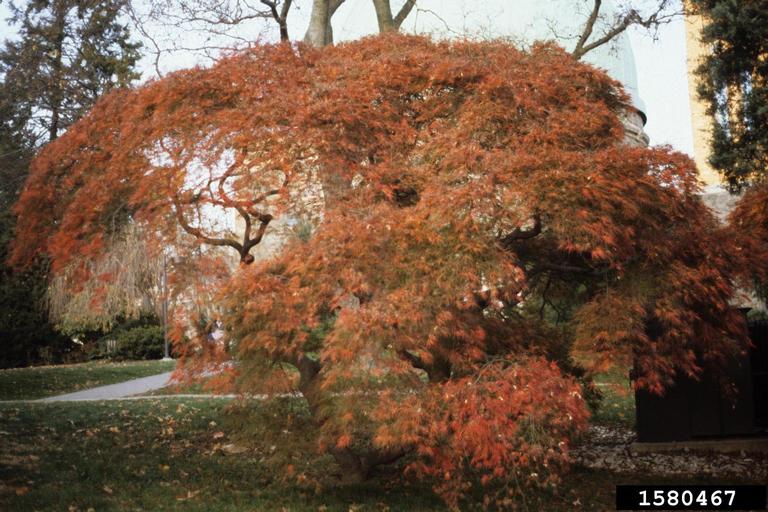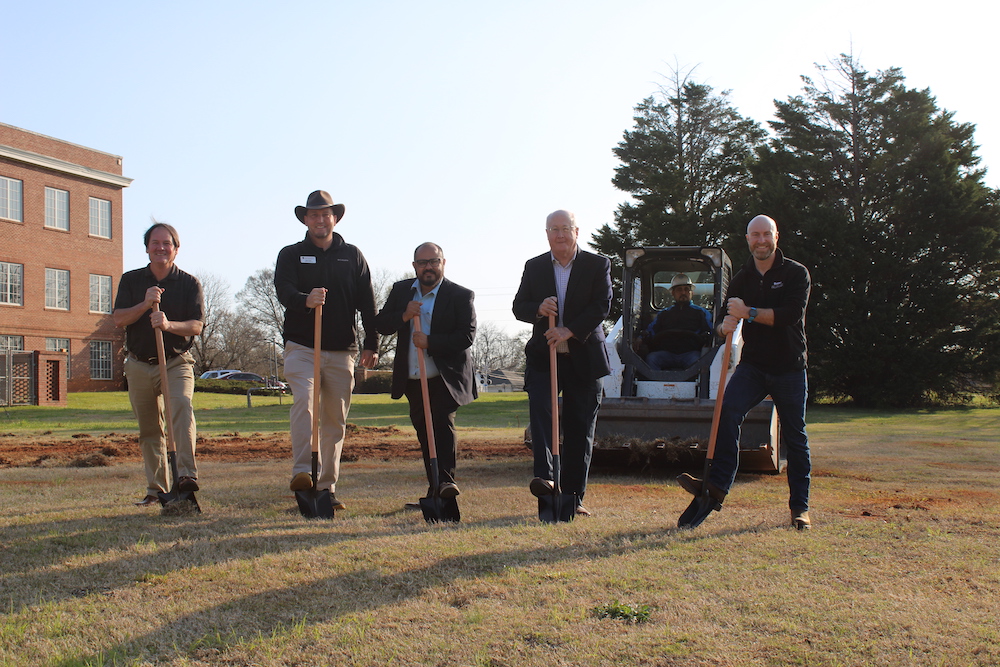 CAES News
CAES News
Irrigation Demonstration Site
Industry professionals, homeowners and researchers will soon be able to get a firsthand look at new irrigation technologies in action at a demonstration irrigation site being constructed on the University of Georgia’s Griffin campus.

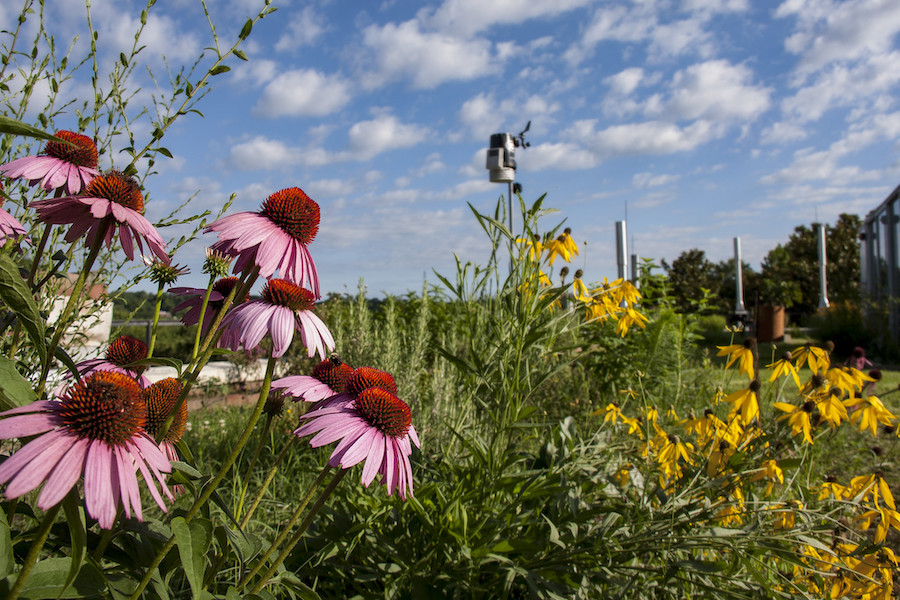

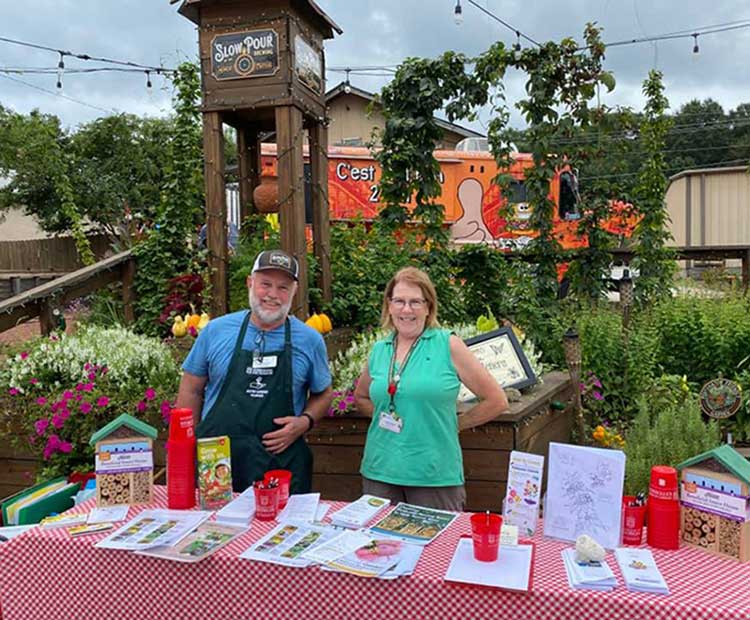
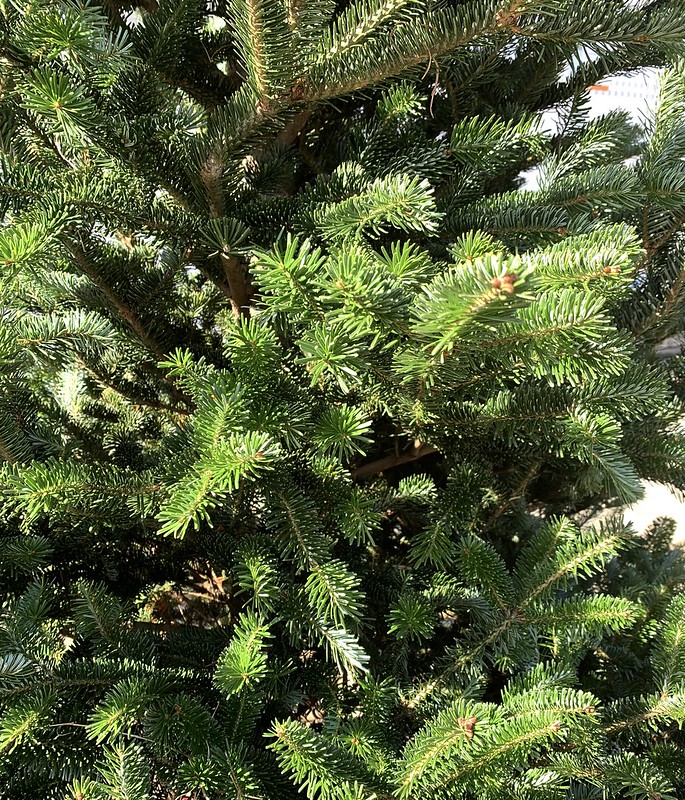
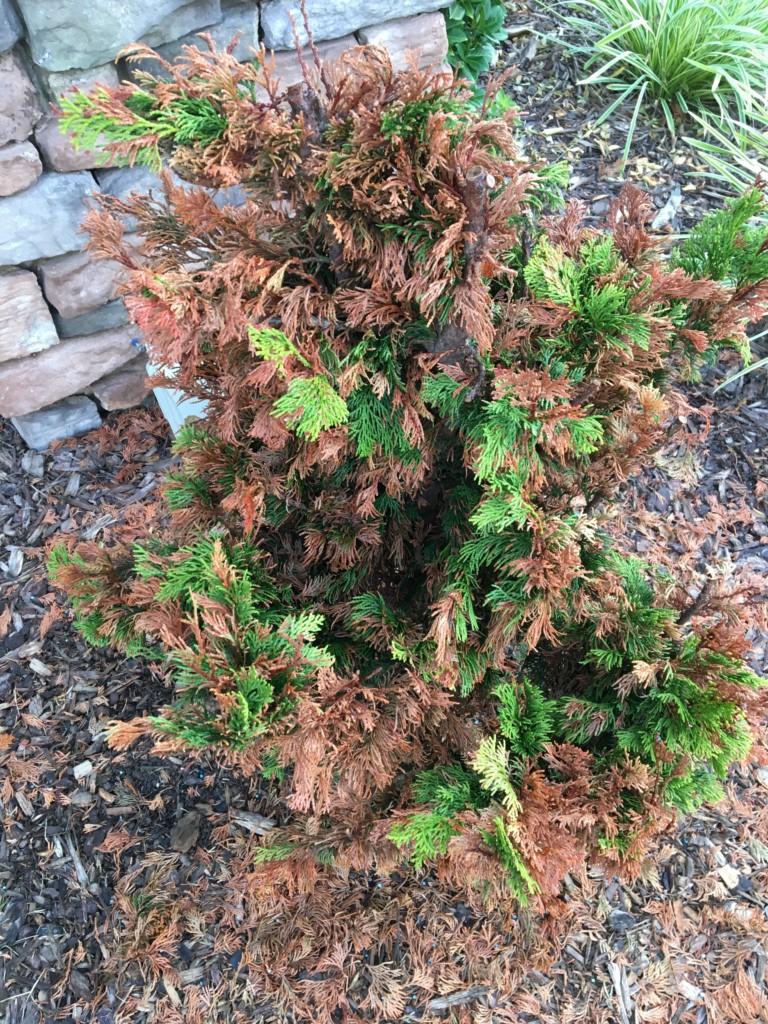
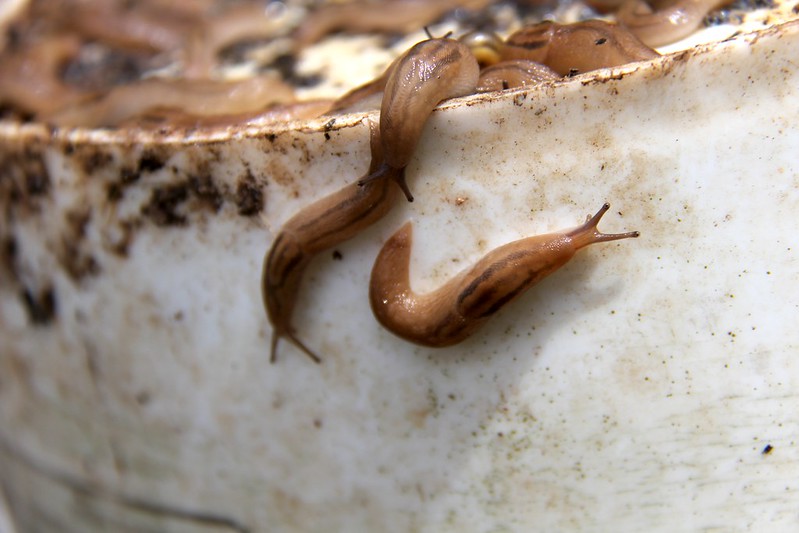
.png)
